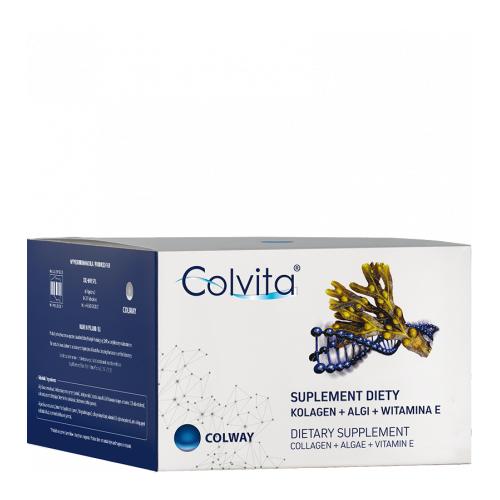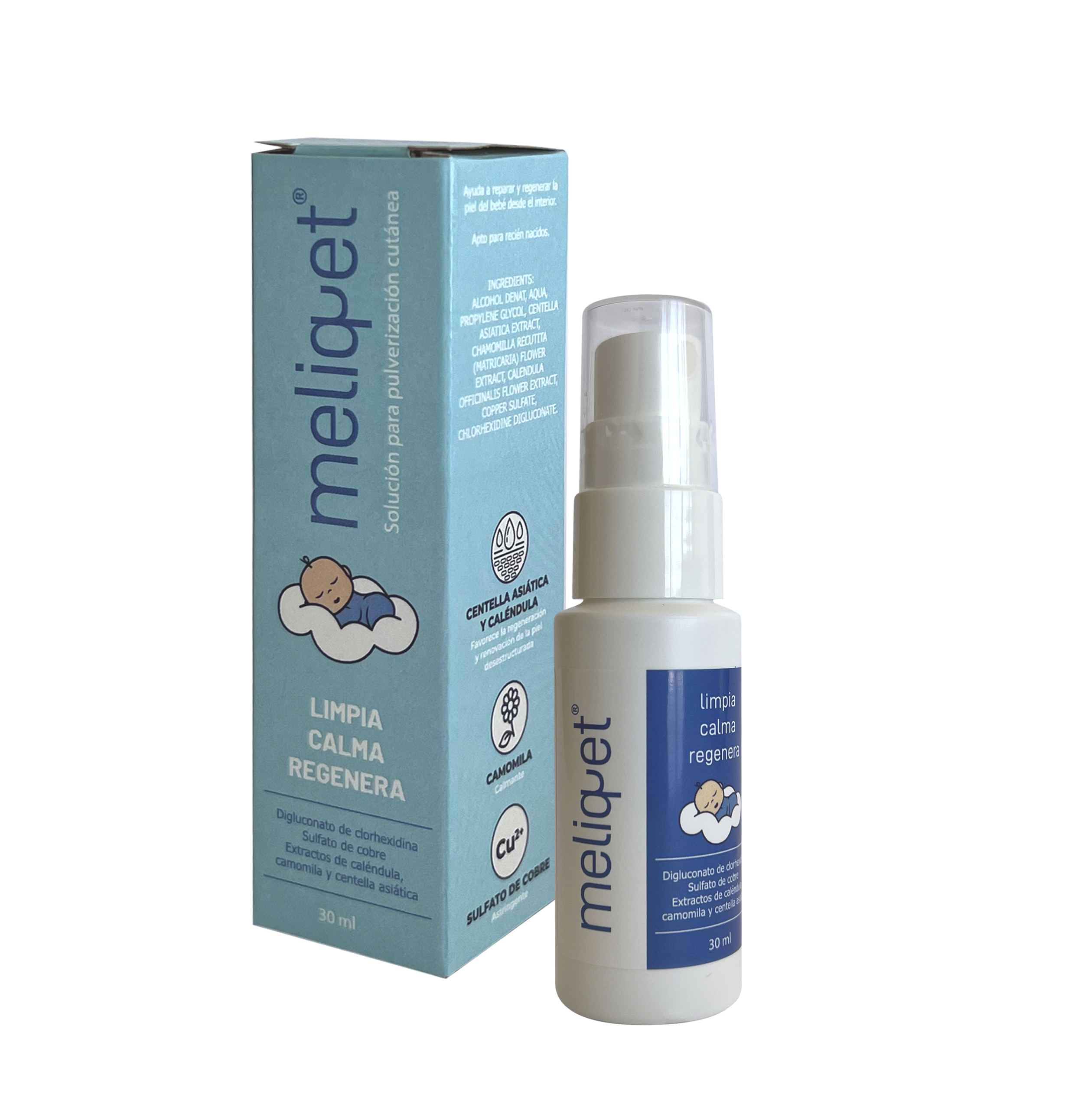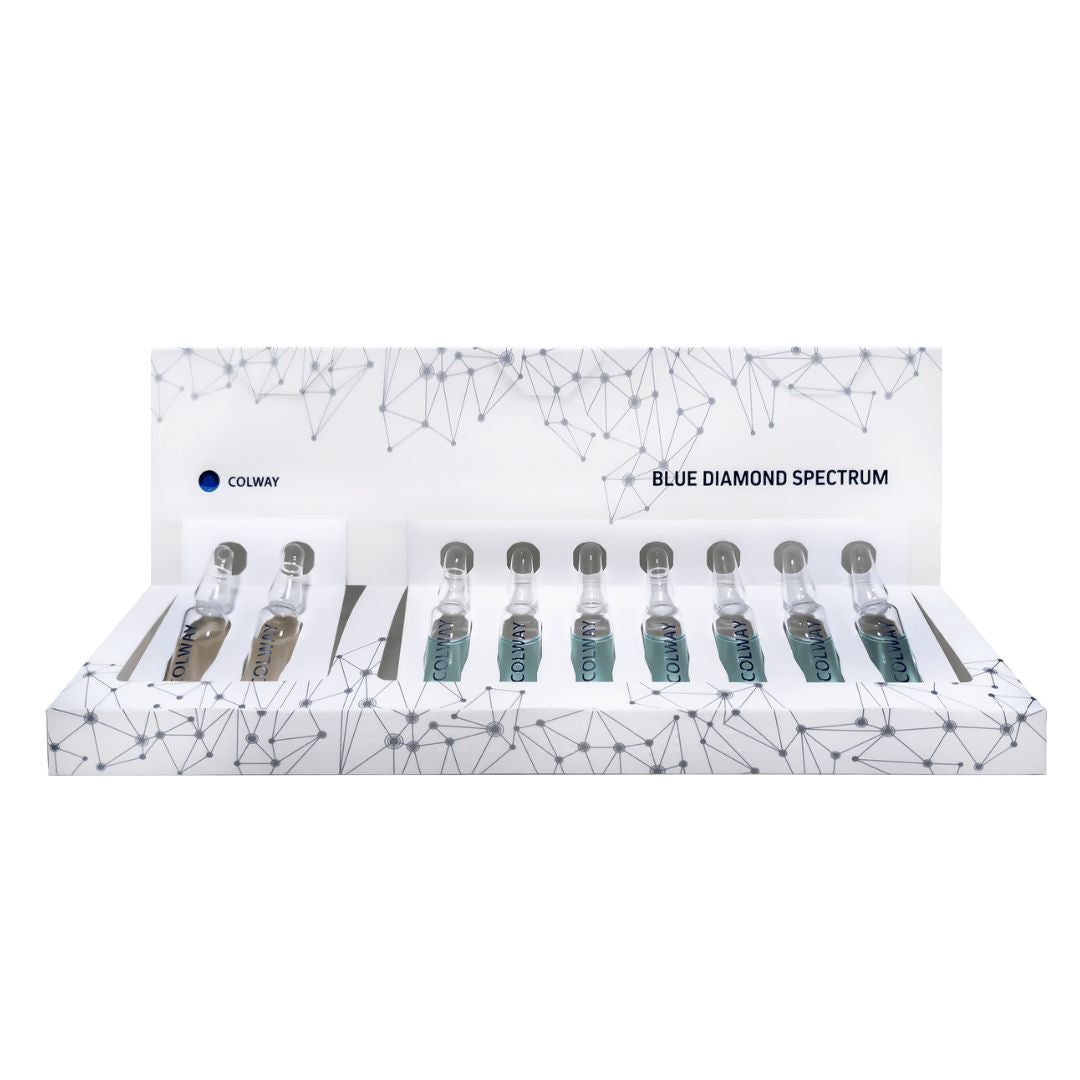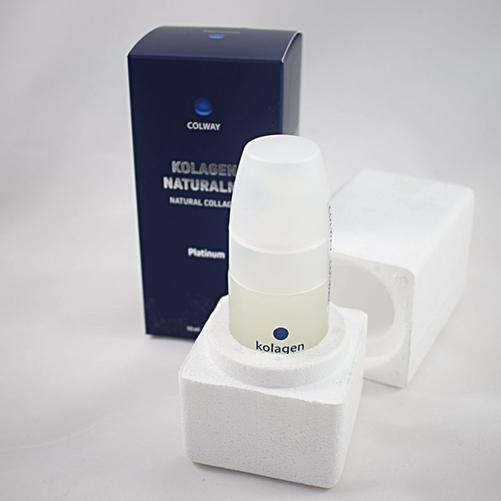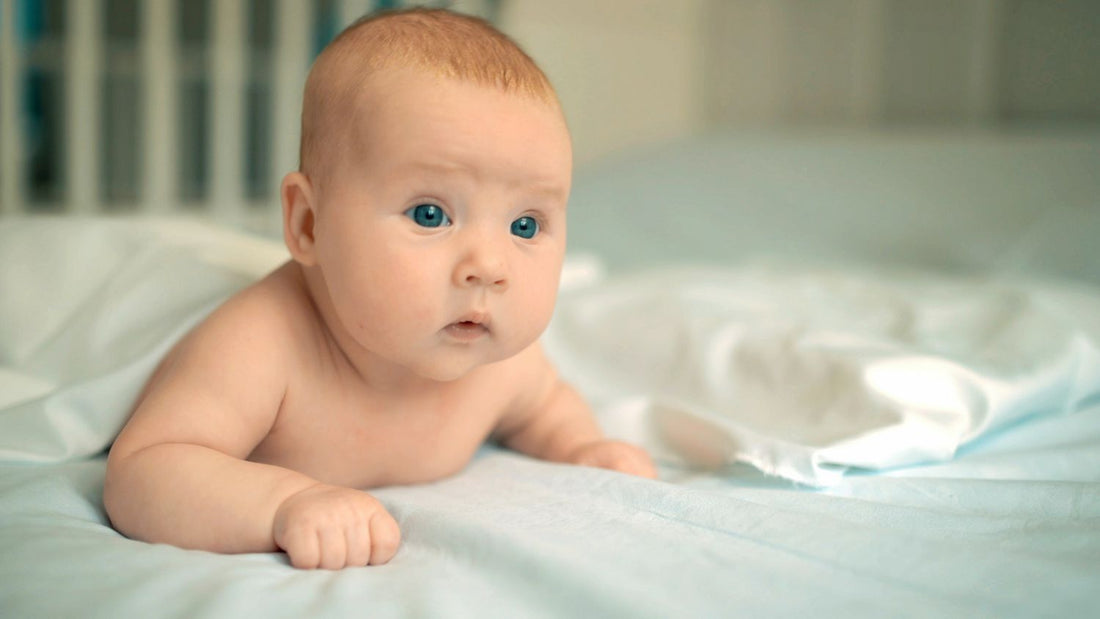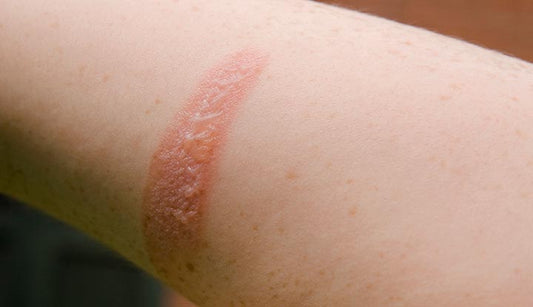Cradle cap: what it is and how to combat it
Cradle cap is a common condition that affects babies and arises due to temporary exfoliation disorders of the scalp. It appears as yellowish patches on the skin, resembling "hard" dandruff, scabs and scales. Although it often goes away before the baby begins to sit up correctly, in some children it can last until elementary school.
Cradle cap: what is it?
Intense cradle cap is not dangerous and does not cause itching, sores or chafing. However, in older children, it can develop into PsA, seborrheic dermatitis, and is a sign of a more serious problem. It is often caused by overheating/excess sweating of the head, which appears mainly in summer under a protective cap. It can also be a sign of allergies, atopic dermatitis, mycosis, etc. If the cradle cap itself is treated with the proper means, it will recur until its main cause is ruled out. Untreated cradle cap or its cause will cause it to grow and can cause blocked glands in the scalp and a problem with healthy hair growth.
How to fight against cradle cap
Regardless of the reason for its appearance, cradle cap can be treated by keeping the head and hair clean, using suitable moisturizing preparations and gently combing. Scratching or scratching the baby's delicate scalp should be avoided, especially dry, as it will only irritate and inflame the condition if the cradle cap is a symptom of some disease. The following measures can be taken to fight against cradle cap:
- Oil, moisturize and massage the baby's head and hair.
- Gently rub the head and wait until the treatments work on yellow flakes.
- In the case of a yellowish and hard scab, leave the treatment overnight and wash off the next day.
- Thoroughly wash off the used product, wash the hair, dry it and carefully comb out what "fell out".
- Avoid using your fingernails, scraping, or scratching with a comb.
- be careful and gentle
COLACEUM - What is it?
Colaceum is not a specific product that is ideal for combating cradle cap, but it not only helps to eliminate yellowish spots, but also moisturizes the delicate baby scalp and promotes healthy hair growth. The product is easy to use and can be applied by gently massaging into the scalp and leaving it on for an hour before washing it off.
In conclusion, cradle cap is a common condition affecting babies and can be treated by keeping the head and hair clean, using suitable moisturizing preparations and gently combing the hair. Avoid scratching or scratching the baby's delicate scalp, and Colaceum can be used as a specific product to help combat cradle cap.

